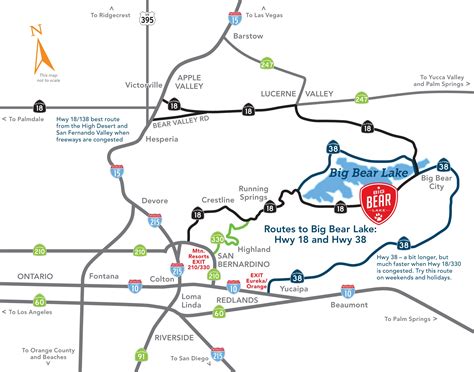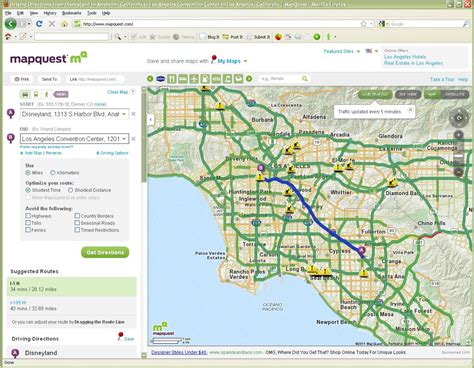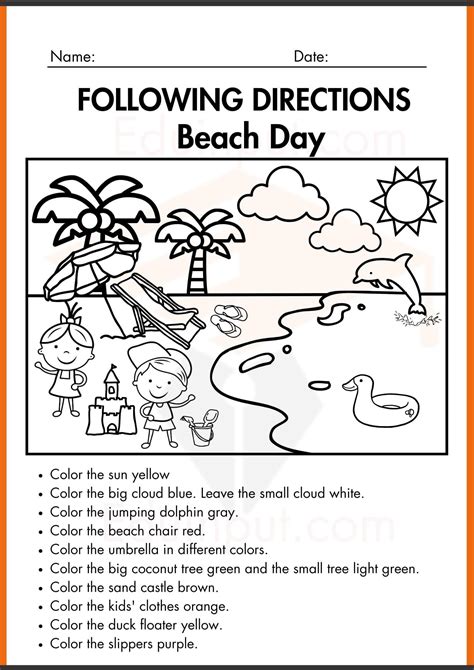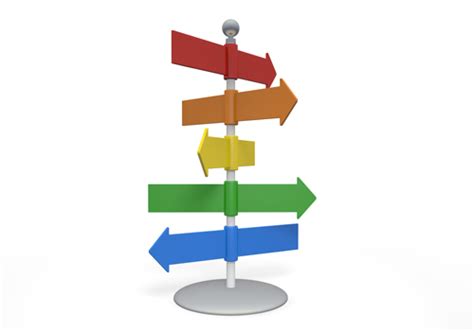Free To And From Directions

In the realm of transportation and navigation, the concept of "Free To and From Directions" is an intriguing one, offering a unique perspective on how we move and explore our world. This phrase, though seemingly simple, carries a wealth of implications for both personal and commercial travel. In this article, we will delve deep into this concept, uncovering its layers and exploring its significance in the modern world. From its impact on travel freedom to its role in shaping transportation infrastructure, we will navigate this topic with precision and insight.
The Freedom of Unrestricted Travel

At its core, the idea of “Free To and From Directions” symbolizes an unrestricted and unencumbered movement. It represents the liberty to travel without the constraints of predetermined paths or mandatory stops. In the context of personal travel, this freedom translates to the ability to choose one’s own journey, to explore and discover without the constraints of predefined routes. Imagine a world where you are not confined to a specific path, but rather, you have the freedom to chart your own course, be it a leisurely drive along the coast or a spontaneous hike in the mountains.
For commercial transportation, this concept takes on a more strategic role. It signifies the ability to optimize routes, minimize costs, and enhance efficiency. Imagine a logistics company that can freely choose the most efficient routes for its fleet, considering factors like traffic, weather, and fuel costs. This level of flexibility can lead to significant savings and improved service delivery.
Real-World Implications
The implications of this concept are vast and far-reaching. In the realm of tourism, for instance, it can mean the difference between a structured, guided tour and a personalized, off-the-beaten-path adventure. It empowers travelers to explore destinations at their own pace, uncovering hidden gems and experiencing local cultures in a more authentic way.
In urban planning and infrastructure development, the concept of "Free To and From Directions" plays a critical role. It influences the design of transportation networks, ensuring that roads, railways, and airways are laid out in a manner that facilitates free movement. This includes considerations like the placement of intersections, the design of traffic flow, and the allocation of resources for maintenance and upgrades.
| Transportation Mode | Impact of Free To and From Directions |
|---|---|
| Road Travel | Enhanced mobility, reduced congestion, improved traffic flow |
| Air Travel | Flexibility in routing, optimized flight paths, reduced fuel consumption |
| Rail Transport | Efficient scheduling, improved connectivity, reduced travel times |

Furthermore, this concept has significant implications for environmental sustainability. By optimizing travel routes and minimizing detours, we can reduce fuel consumption and carbon emissions. This aligns with global efforts to combat climate change and promote eco-friendly transportation practices.
The Technological Revolution

The rise of advanced technologies, particularly in the field of transportation, has brought the concept of “Free To and From Directions” to the forefront. With the advent of GPS, navigation apps, and real-time traffic data, travelers now have access to a wealth of information that empowers them to make informed decisions about their journeys.
Imagine a navigation app that not only provides you with the shortest route but also offers alternative paths based on real-time traffic conditions, road closures, or even scenic detours. This level of flexibility and personalization is a direct result of technological advancements in the transportation sector.
The Role of Data Analytics
Data analytics plays a crucial role in realizing the full potential of “Free To and From Directions.” By analyzing vast amounts of data, transportation companies and authorities can make informed decisions about route planning, infrastructure development, and traffic management. This includes predicting traffic patterns, identifying bottlenecks, and optimizing the use of existing infrastructure.
For instance, by analyzing historical traffic data, authorities can identify peak travel times and adjust traffic flow accordingly. This can involve implementing dynamic traffic management strategies, such as variable speed limits or lane closures, to optimize traffic flow and reduce congestion.
| Data Type | Application |
|---|---|
| Historical Traffic Data | Predicting traffic patterns, optimizing route planning |
| Real-Time Traffic Data | Dynamic route guidance, congestion management |
| Weather Data | Route planning based on weather conditions, safety measures |
The Future of Transportation
As we look towards the future, the concept of “Free To and From Directions” is poised to play an even more significant role. With the development of autonomous vehicles and smart transportation systems, the freedom to choose one’s travel path will become even more accessible and efficient.
Imagine a future where autonomous cars and drones can navigate complex urban environments with ease, adapting to real-time traffic conditions and optimizing their routes for efficiency and safety. This future is not far-fetched, as many leading technology companies and transportation authorities are already investing heavily in these emerging technologies.
Sustainable and Efficient Travel
The convergence of “Free To and From Directions” with sustainable transportation practices is an exciting prospect. By combining the freedom of unrestricted travel with eco-friendly modes of transportation, we can achieve a more balanced and environmentally conscious approach to mobility.
This includes the promotion of electric vehicles, the development of efficient public transportation systems, and the integration of renewable energy sources into transportation infrastructure. By optimizing travel routes and encouraging the use of sustainable modes of transport, we can reduce our carbon footprint and contribute to a greener future.
Frequently Asked Questions
How does the concept of “Free To and From Directions” impact personal travel experiences?
+
The concept empowers travelers to explore destinations at their own pace, offering a more personalized and authentic travel experience. It allows for spontaneity and the discovery of hidden gems beyond the typical tourist routes.
What are the key benefits of “Free To and From Directions” for commercial transportation?
+
It enables logistics companies to optimize routes, reduce costs, and enhance efficiency. This flexibility leads to improved service delivery and a competitive edge in the market.
How does technology influence the realization of “Free To and From Directions”?
+
Advanced technologies like GPS, navigation apps, and real-time traffic data provide travelers with the tools to make informed decisions, choose their own paths, and optimize their journeys.
What role does data analytics play in “Free To and From Directions”?
+
Data analytics helps in predicting traffic patterns, optimizing route planning, and making informed decisions about infrastructure development and traffic management.
How will autonomous vehicles and smart transportation systems enhance “Free To and From Directions” in the future?
+
Autonomous vehicles and smart systems will further optimize travel routes, adapt to real-time conditions, and enhance safety, making unrestricted travel even more accessible and efficient.



